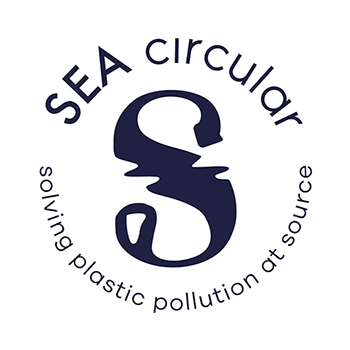
8 March 2020: This International Women’s Day, SEA circular is focusing on how plastic pollution and the resulting degradation of marine and coastal ecosystems, threaten women’s rights.
The vast increase in marine plastic pollution – particularly in South-East Asia- is disproportionately impacting socially disadvantaged groups, such as women and children in coastal communities, the urban poor and informal waste pickers.
These groups are often uniquely exposed to environmental threats, while facing limited access to social protection and the resources to build resilience. At the same time, it is vital to recognize that women are important agents of change, whose potential to participate in environmental protection often remains untapped.
How does plastic pollution affect women first and worst?
Women make up the majority of informal waste pickers, one of the most vulnerable groups of the urban poor. This means they are more exposed to health hazards and social stigma. They also consistently earn less than male waste pickers who are more frequently involved in formal employment in the waste sector. Their contributions to the recovery and recycling of valuable plastics are largely overlooked and unsupported.
Coastal fishing communities are heavily impacted by plastic pollution and harmful contamination of seafood. Women living in coastal areas are more likely to rely on small-scale fisheries that depend on healthy marine ecosystems. Women typically concentrate on shell and smaller fish while men catch offshore fish. Women can therefore be more directly exposed to beach litter in the course of their lives.
Women working in the plastics industry are also exposed to specific threats. Plastic production workers can be exposed to an array of chemicals and harmful substances, which may be particularly hazardous to female biological reproductive functions.
Tackling marine plastic pollution with a gender lens
Marine plastic litter must be tackled through a life-cycle approach with careful consideration of gender equality and human rights issues, from plastic production on land and use by consumers, to its disposal and possible leakage into the ocean.
Human rights and gender considerations must be integrated with policies, business plans, processes and decision-making, aimed at tackling the challenge of marine plastic litter.
As major consumers and users of plastic goods, women may be exposed to greater risks, but they can also be champions in combating marine plastic litter and agents of change for responsible consumption and waste disposal practices.
SEA circular works towards more inclusive and effective marine litter interventions.
Check out more resources on gender and marine litter from SEA circular:
Publications:
SEA circular Issue Brief 01: Gender equality and preventing plastic pollution
SEA circular Issue Brief 02: A human rights-based approach to preventing plastic pollution
Marine plastic litter in East Asian Seas: Gender, human rights and economic dimensions
Videos:
Empowering women in the waste sector
Towards gender responsive policies in waste management
Household’s role in waste management
Gendered state of waste management
Gender and waste nexus
news
